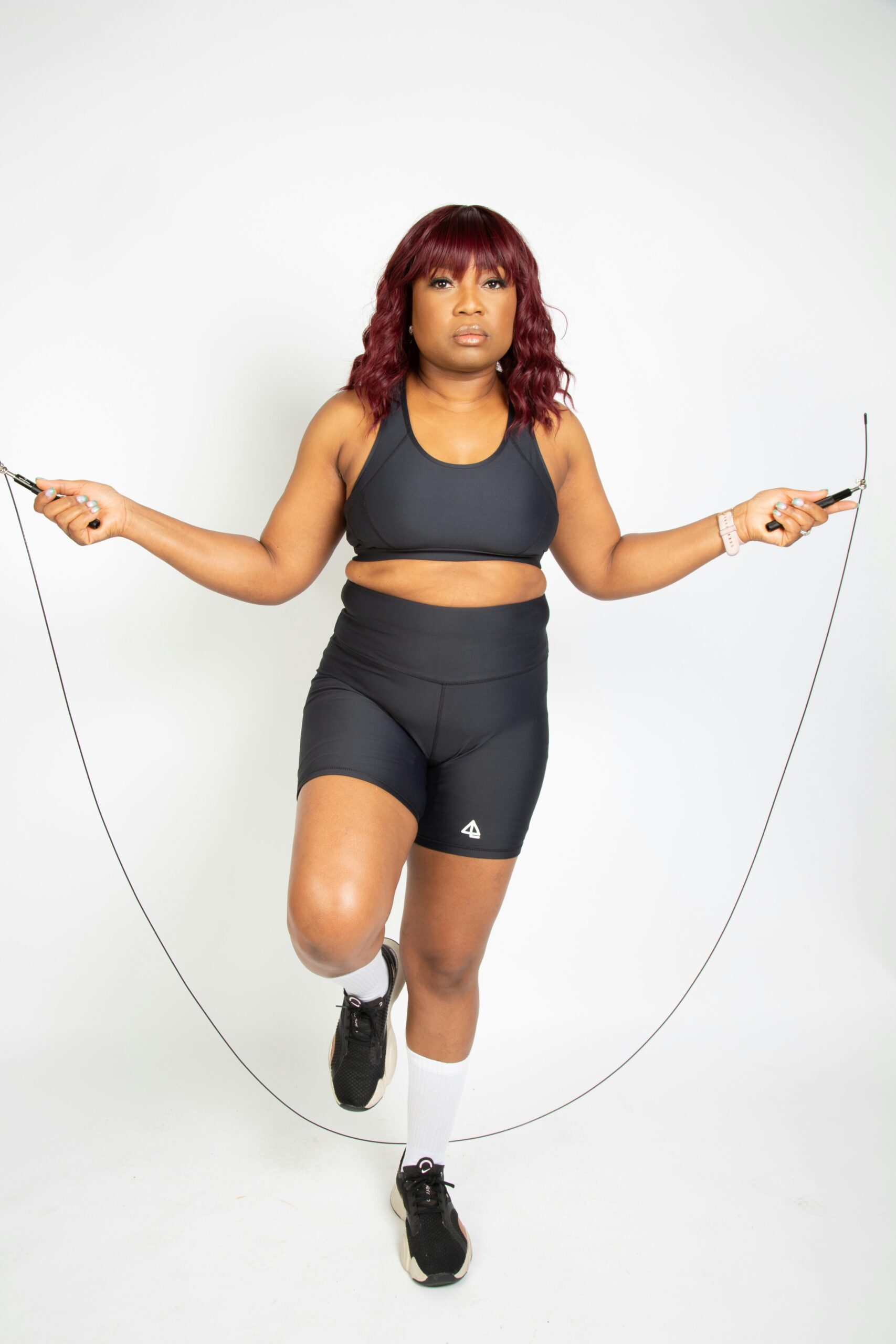Unlock Proven Strategies for Injury Prevention and Boost Your Post-Workout Recovery
In the world of sports, whether you’re a weekend warrior or a seasoned athlete, the prospect of injury looms large. It’s like that persistent dark cloud that follows you around, waiting to unleash a torrent of frustration and downtime. Yet, what if I told you that there are effective strategies to not only prevent these injuries but also enhance your recovery? Sounds too good to be true? Well, buckle up, because we’re about to dive deep into the realm of injury prevention and post-workout recovery like a swimmer plunging into a refreshing pool on a scorching day.
The Importance of Injury Prevention
Let’s start with the basics. Injury prevention isn’t just a fancy phrase thrown around in fitness circles; it’s a fundamental aspect of any training regimen. Think of it as the safety net beneath the tightrope walker. Without it, the risks of falls—the metaphorical and literal—skyrocket. Research shows that a significant number of athletes incur injuries due to inadequate preparation, poor technique, or simply ignoring their bodies’ signals. (I remember when my friend Tom decided to skip warm-ups before a casual pickup game. Spoiler alert: he spent the next month nursing a sprained ankle.)
So, what can you do to protect your body? Here are some proven strategies:
1. Warm-Up: Don’t Skip It!
Ah, the warm-up. It’s often viewed as a chore—something to rush through before the real fun begins. But let me tell you, skipping this crucial step is like going to a five-star restaurant and ordering a salad without dressing. You’re just not getting the full experience! A proper warm-up increases blood flow to your muscles, improves flexibility, and prepares your body for the intensity ahead.
Consider dynamic stretches like leg swings and arm circles, which help activate your muscles and joints. You can even try a few minutes of light jogging or jumping jacks to get your heart rate up. Trust me; it makes a world of difference.
2. Listen to Your Body
It sounds simple, right? Yet, many of us are guilty of pushing through pain as if it were just a minor inconvenience. (I once thought my sore knee was just a sign of getting older—turns out it was a warning!) If something feels off, don’t ignore it. Muscles and joints often send out signals when they’re not happy. Take rest days seriously, and don’t hesitate to consult a medical professional if pain persists.
3. Cross-Training: Mix It Up
Sticking to a single workout regimen can be detrimental. It’s like eating the same meal every day—eventually, you’re going to get bored and, worse, you might develop imbalances in your body. Cross-training allows you to engage different muscle groups and reduces the risk of overuse injuries. Consider incorporating activities such as swimming, cycling, or yoga into your routine. I’ve found that on days when I swap my usual weightlifting for a brisk bike ride, not only do I stave off injuries, but I also come back feeling refreshed and energized.
4. Strength Training: Build a Solid Foundation
Strength isn’t just about lifting heavy weights; it’s about creating a solid foundation that supports your entire body. Incorporating strength training into your routine can significantly reduce the risk of injuries. Focus on core stability and functional movements that mimic the activities you do in your sport. Exercises like squats, lunges, and planks can enhance your strength and resilience. I can still hear my old coach yelling, “Strong body, strong mind!”—and he was onto something.
5. Stay Hydrated
Let me paint a picture: you’re halfway through a run, sweat pouring down your face, and all you can think about is how refreshing a cold drink would be. Hydration is often overlooked, yet it plays a pivotal role in preventing injuries. Dehydration can lead to muscle cramps and fatigue, increasing the likelihood of accidents. So, keep that water bottle handy—your body will thank you!
6. Proper Footwear: Don’t Underestimate It
Your shoes are your first line of defense against injury. Ill-fitting or worn-out footwear can lead to a host of issues, from blisters to chronic pain. Invest in a good pair of shoes that provide adequate support for your specific activity. I’ll never forget the day I decided to wear flip-flops to a basketball game—let’s just say my ankles were not happy with me!
7. Stretching: The Unsung Hero
Ah, stretching—the often-forgotten step in many athletes’ routines. It’s like that quiet friend who always has your back but doesn’t demand attention. Regular stretching can improve flexibility and range of motion, which are crucial for injury prevention. Incorporate both static and dynamic stretches into your workouts, focusing particularly on the muscle groups you use most. I’ve found that a good post-workout stretch can turn my body from a ‘creaky old door’ to ‘smooth sailing’ in no time.
Post-Workout Recovery: The Essential Next Step
Alright, you’ve worked hard—now what? Recovery is just as important as the workout itself. It’s the time your body repairs and rejuvenates, and neglecting it can be as detrimental as skipping your warm-up. Here’s how to ensure your post-workout recovery is as effective as possible.
1. Cool Down: Ease Back Into Reality
Cooling down isn’t just a fancy term; it’s a crucial phase that helps your heart rate gradually return to normal. It’s like stepping off a rollercoaster—don’t just jump back into reality! Spend 5-10 minutes walking or performing gentle stretches to help your body transition. I often think of the cool down as the dessert after a hearty meal—it rounds off the experience beautifully.
2. Refuel Your Body
After a workout, your body is like a sponge, ready to soak up nutrients. Prioritize post-workout nutrition by consuming a balanced meal that includes protein and carbohydrates. Think of it as recharging your phone: you wouldn’t do it with just any charger, right? Aim for quality. A smoothie with protein powder, bananas, and spinach has become my go-to—tasty, nutritious, and oh-so-easy!
3. Rest and Sleep: Your Body’s Best Friends
In our fast-paced world, rest often takes a back seat. But here’s a little secret: sleep is where the magic happens. It’s during sleep that your body repairs itself. Aim for 7-9 hours of quality sleep each night, and don’t underestimate the power of a good nap! I’ve had days where a quick snooze turned my productivity around completely.
4. Active Recovery: Keep Moving
Taking a break doesn’t mean you have to be a couch potato. Active recovery involves engaging in low-intensity activities that promote blood flow without placing stress on your body. Take a leisurely walk, do some light yoga, or go for a swim. I often find that gentle movements help alleviate muscle soreness and keep me limber. (Plus, it’s a great excuse to get outside!)
5. Use Foam Rollers and Massage
Foam rollers are the unsung heroes of recovery. These magical devices can alleviate muscle tightness and enhance blood circulation. Spending a few minutes rolling out your muscles post-workout can work wonders—and yes, it may feel a bit like torture at first, but trust me, your body will thank you! If you can, consider treating yourself to a massage every now and then. It’s like giving your muscles a luxurious spa day.
6. Stay Hydrated (Again!)
Just when you thought we were done with hydration, I’m bringing it back! After your workout, it’s crucial to replenish lost fluids. Electrolyte drinks can help restore the balance of salts in your body, especially after intense workouts. I once learned this the hard way after a particularly sweaty soccer match—let’s just say that my thirst was a wake-up call!
7. Monitor Progress and Adjust
Recovery isn’t a one-size-fits-all approach. It’s essential to monitor how your body responds and adjust accordingly. Keep a journal of your workouts, recovery practices, and how your body feels. If something doesn’t seem right—or if you’re consistently feeling fatigued—it might be time to reevaluate your routine. I’ve learned that being in tune with your body often leads to the best results.
Final Thoughts: A Holistic Approach
Injury prevention and post-workout recovery are not standalone concepts; they are interconnected pieces of a larger puzzle. By prioritizing both, you’ll find that your performance improves and your enjoyment of sports increases. It’s about creating a sustainable routine that keeps you in the game for the long haul.
As athletes, we often push our limits—striving for that next personal best or chasing a new goal. But remember, there’s no shame in taking care of yourself. Embrace these strategies, and you’ll unlock not just a healthier body but a more fulfilling athletic journey. So go ahead, listen to your body, invest in your recovery, and get ready to enjoy every moment—injury-free!




